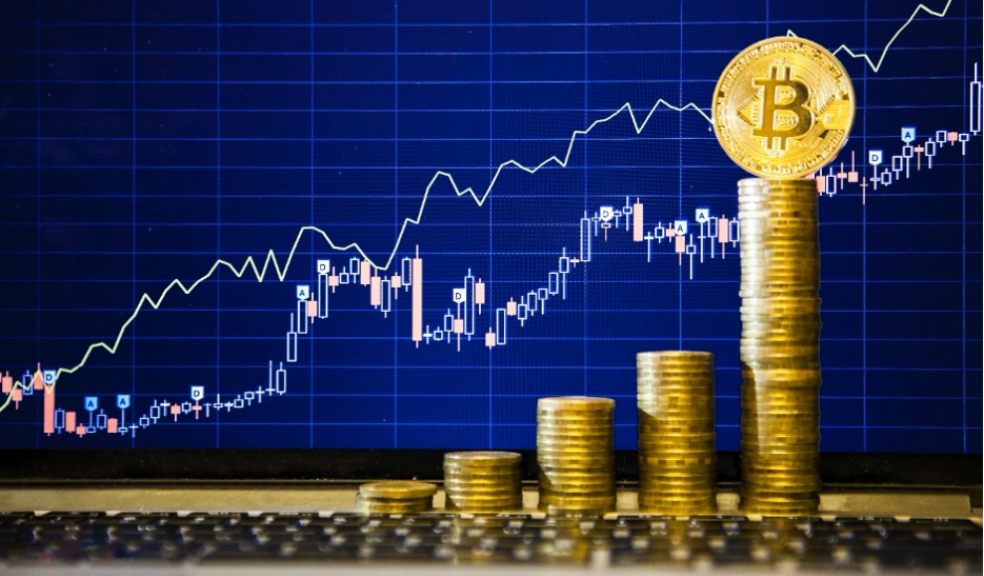
Bitcoin is trading at its highest since 2018
The price of Bitcoin has climbed to a level that has not seen since 2018, somehow prevailing amidst global changes in the world such as the coronavirus pandemic, and the uncertainty that surrounded the U.S. presidential election.
Bitcoin, the world’s most popular cryptocurrency across all exchanges and CFD (contract for difference) trading has seen an exponential rise in value throughout the latter part of this year. It is currently trading at the highest price since January 2018, and has climbed more than 300% since hitting a new low of $3,900 back in March of this year. The bullish trend of Bitcoin is set to continue, with many even speculating it will break the $20,000 price ceiling that’s currently in place. Continue reading to see the journey of Bitcoin, and why it has gone from strength to strength on its upwards rise.
Bitcoin Price History
Launching back in 2009, the price of one Bitcoin remained at a few dollars for the first few years. Bitcoin has since had a very volatile history. In its short life, the digital currency has seen a massive amount of bearish and bullish action.
The first real price increase came back in 2010 when the value of one coin jumped up from around $0.0008 to $0.08. Since then, the currency has seen some major fluctuations in price, both rallying and crashes in its value.
The Interest in Bitcoin has surged over the last decade, pushing its price up 150% during the last year alone, according to Forbes.
As of the end of November 2020, there were more than 18.5 million Bitcoins in circulation around the globe. This mass adoption and usage of the coin has led to Bitcoin claiming a market capitalisation of around $340 billion, and is now trading north of $18,000 per coin.
Low Supply High Demand
There is a limit embedded of 21 million coins in Bitcoin’s original code. With over 18.5 million already in circulation, this means that nearly 90% of the total coins available have been mined. Bitcoins are mined digitally by individuals or groups who use massive computer systems to solve puzzles. These people are then rewarded with coins in exchange for verifying transactions.
Nakamoto, the original designer(s) of Bitcoin, made it so the last 10% of coins to be mined would be harder as the network comes closer to its maximum float. It is estimated that it will take close to 120 years to mine the remaining Bitcoins needed to get to that 21 million limit that was set right at the very beginning.
This scarcity, and how difficult it is to obtain, is only serving to drive the price of Bitcoin up, and maintaining it at consistently astronomical levels. As more people become less favourable towards traditional fiat currencies and institutions, the adoption of Bitcoin will become more mainstream alongside some of the other block chain technologies and alternative coins.
Critics across the globe are still wary of Bitcoin, as not everyone is readily accepting of the coins and the crypto market as a whole. As time goes on, it seems an inevitability that Bitcoin will see widespread adoption in everyday life, becoming a legitimate asset in financial markets.
With more financial institutions scrambling to either buy a piece of the cryptocurrency market or finding ways to add further regulations, for the moment, it seems Bitcoin is here to stay, and will continue to grow in value for years to come. And only time will tell if we will see Bitcoin break the $20,000 value needed to surpass its all-time high.

















